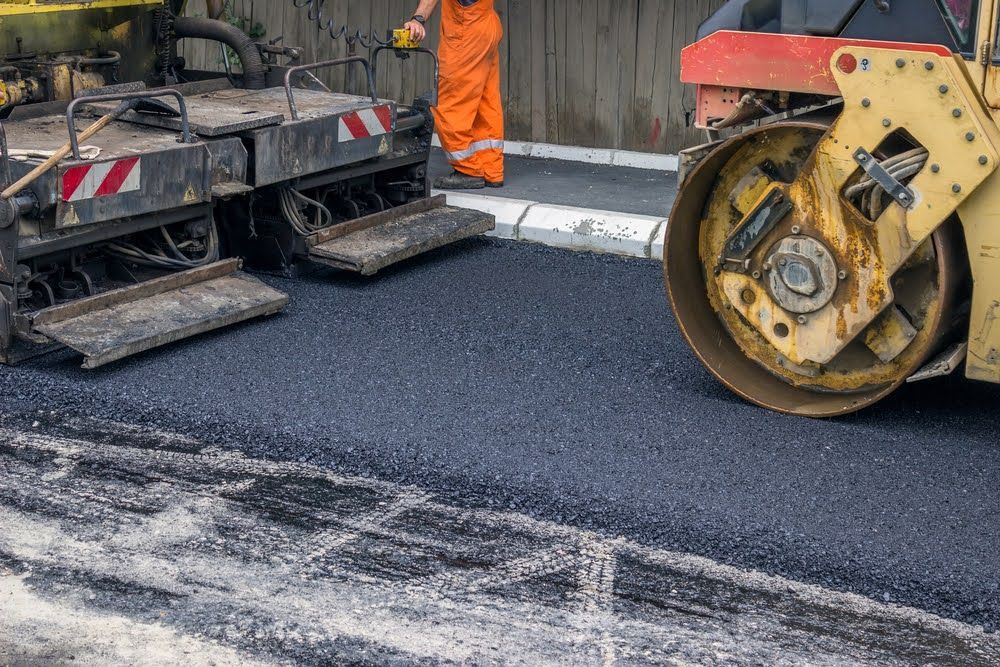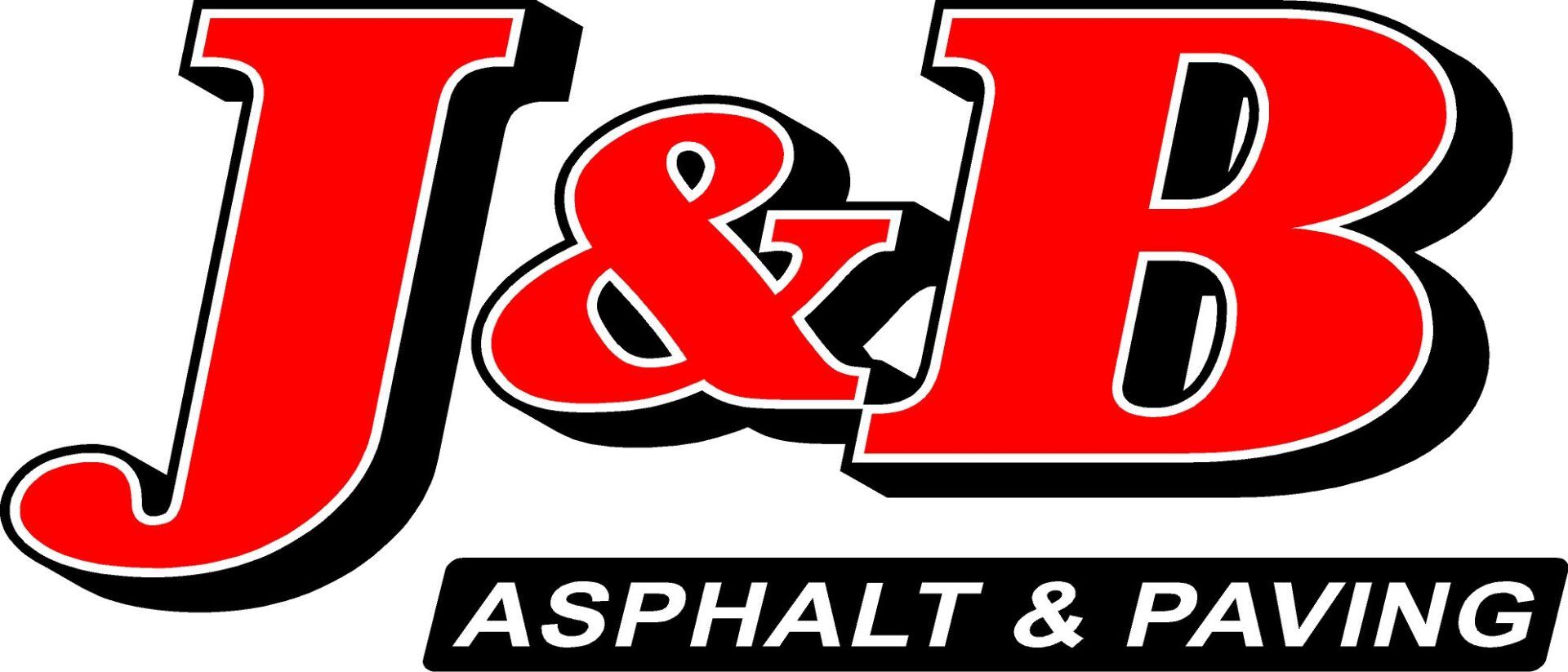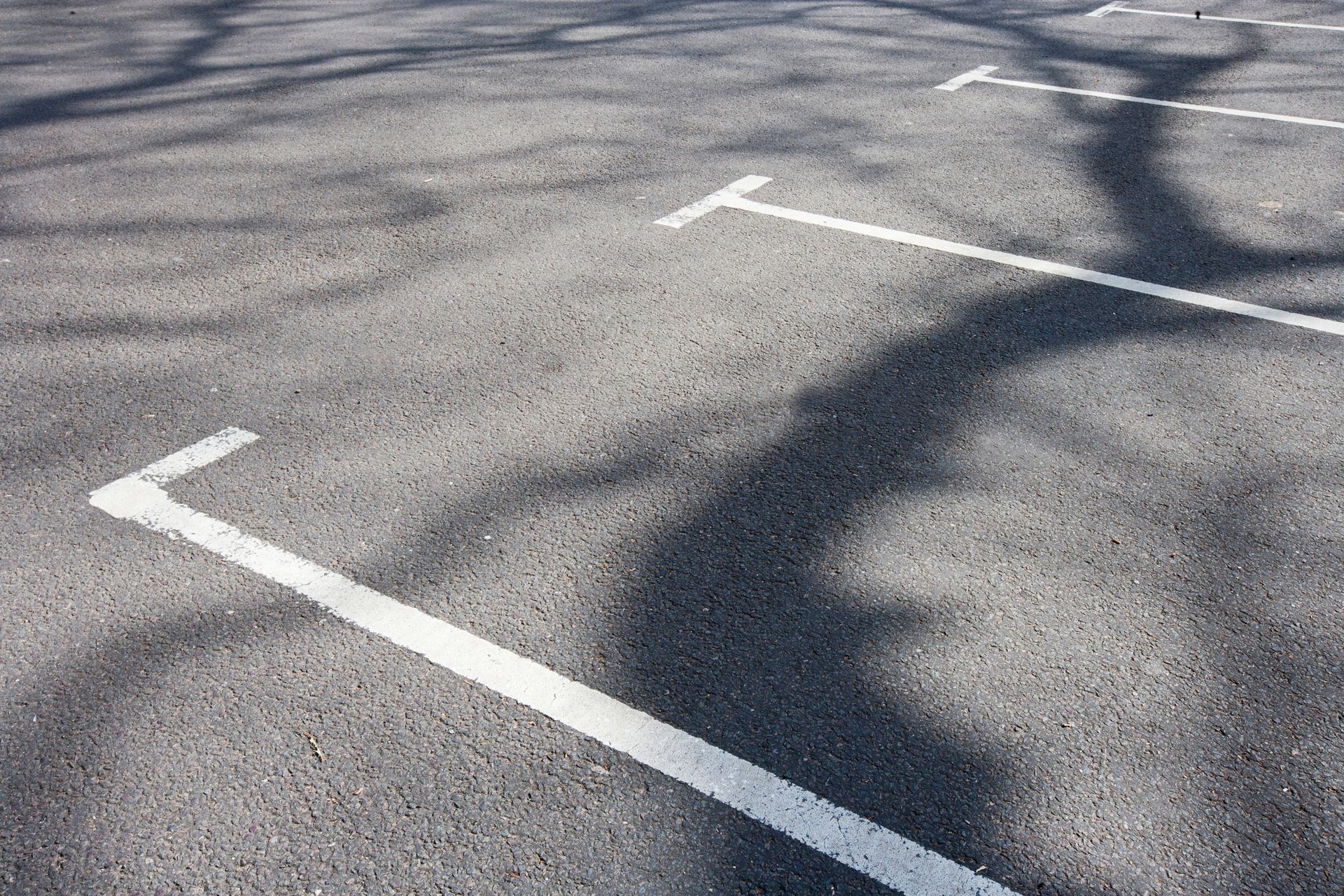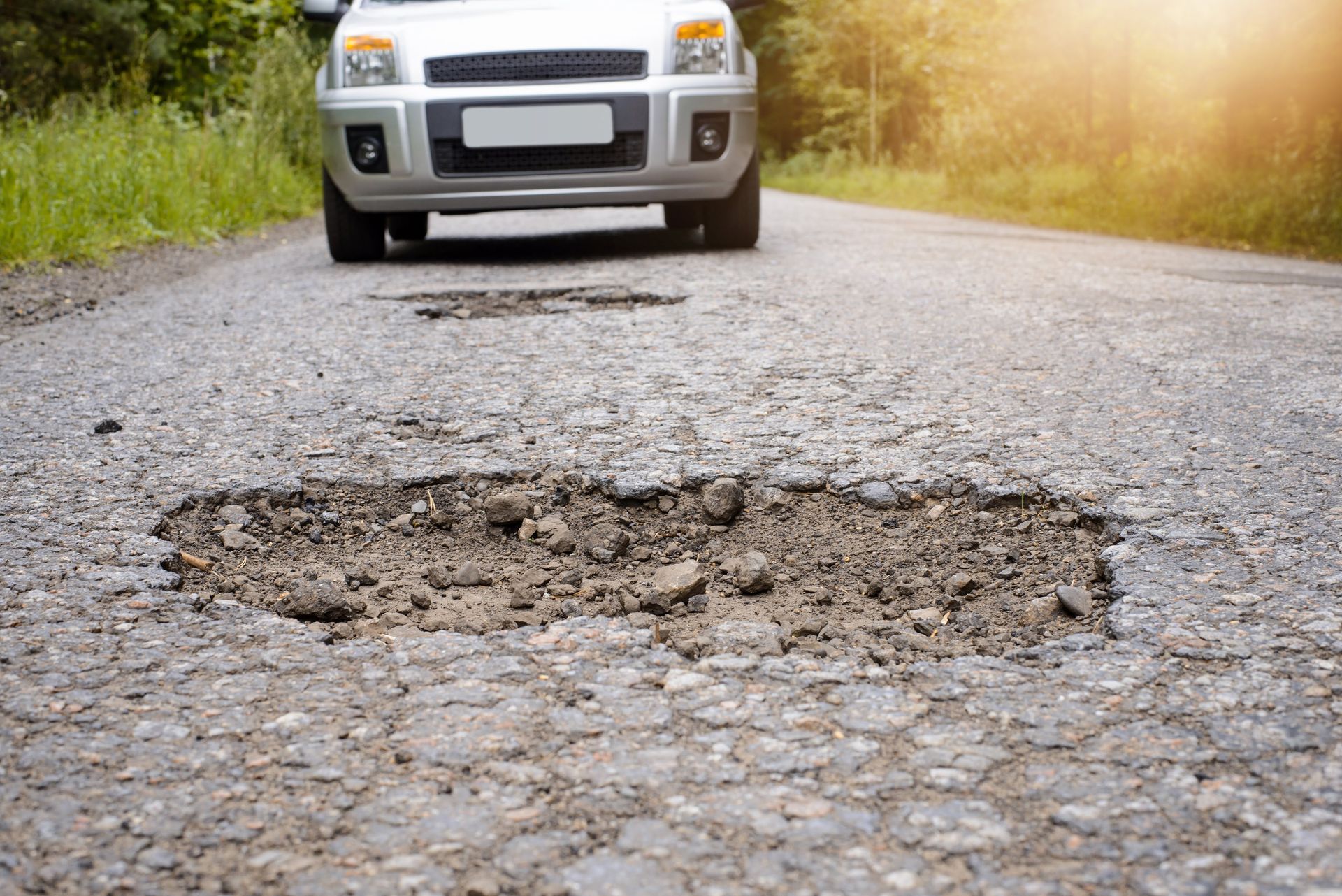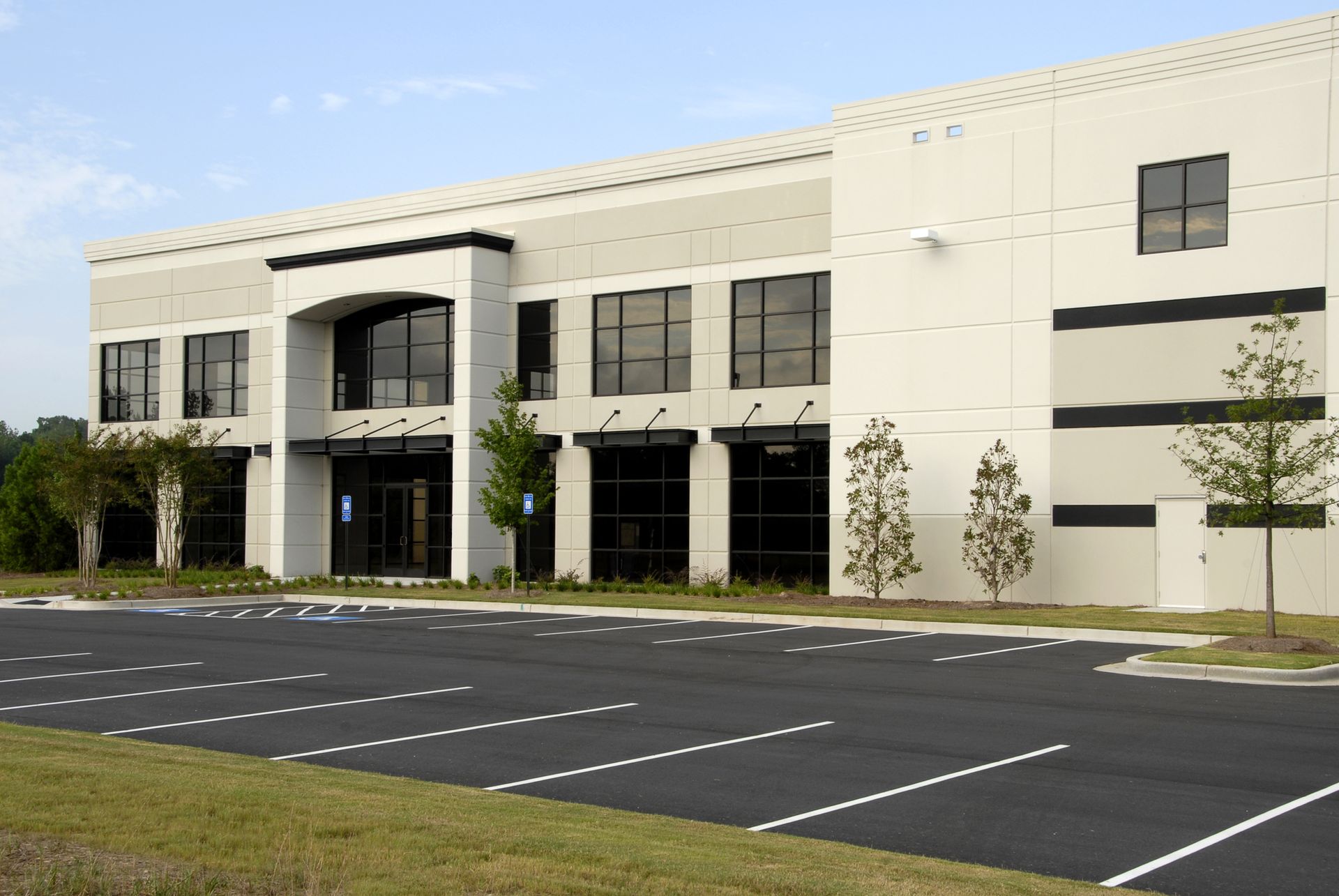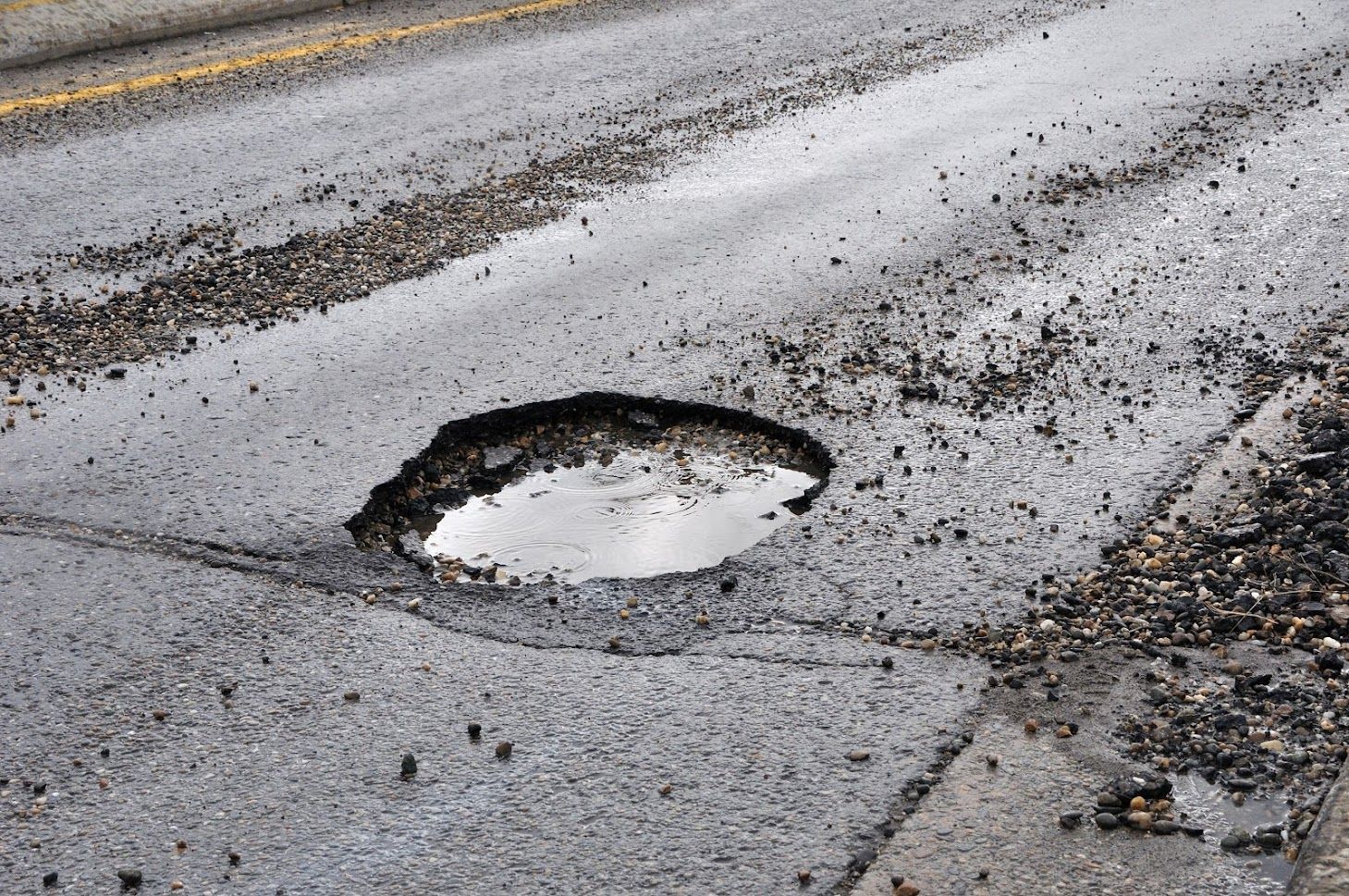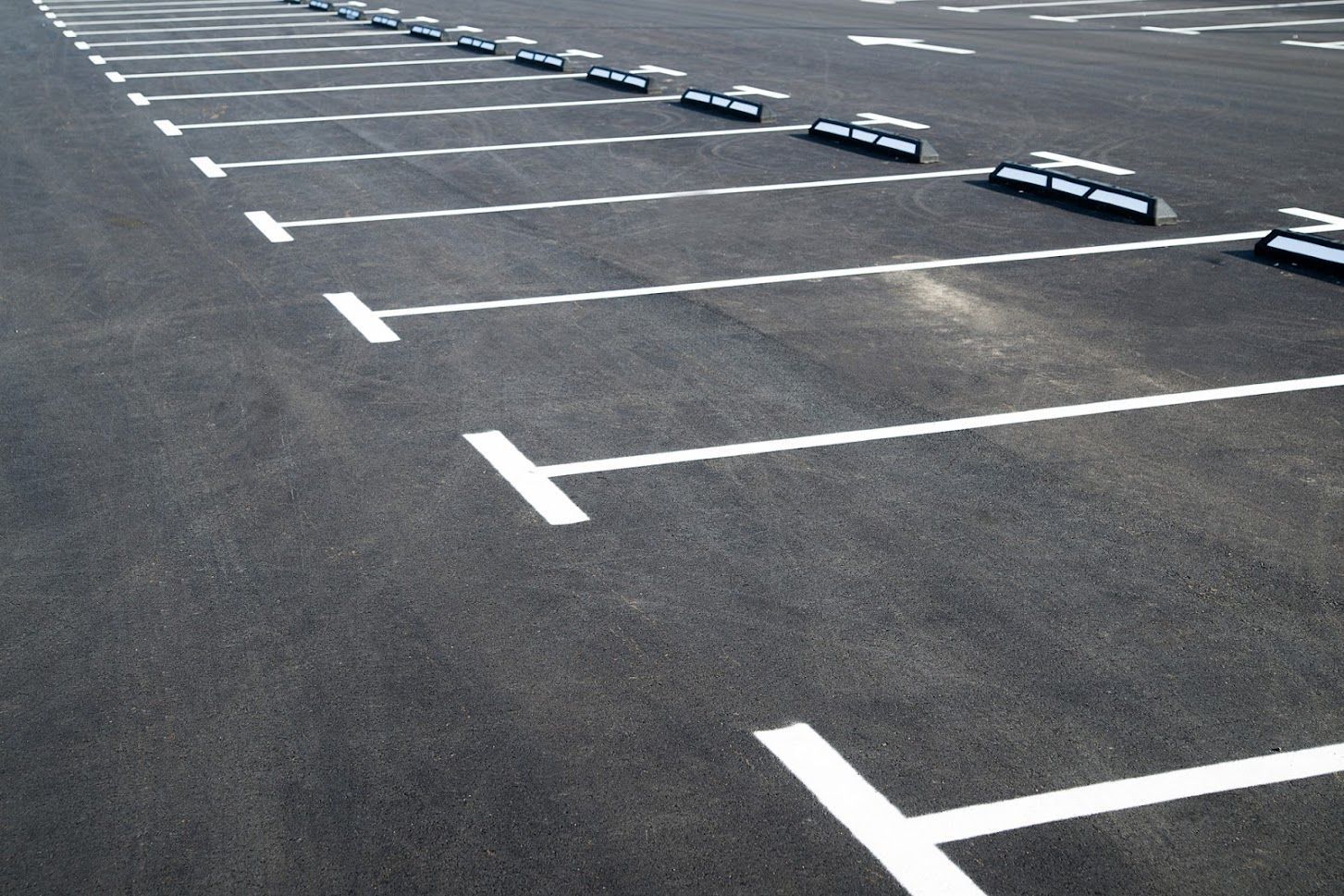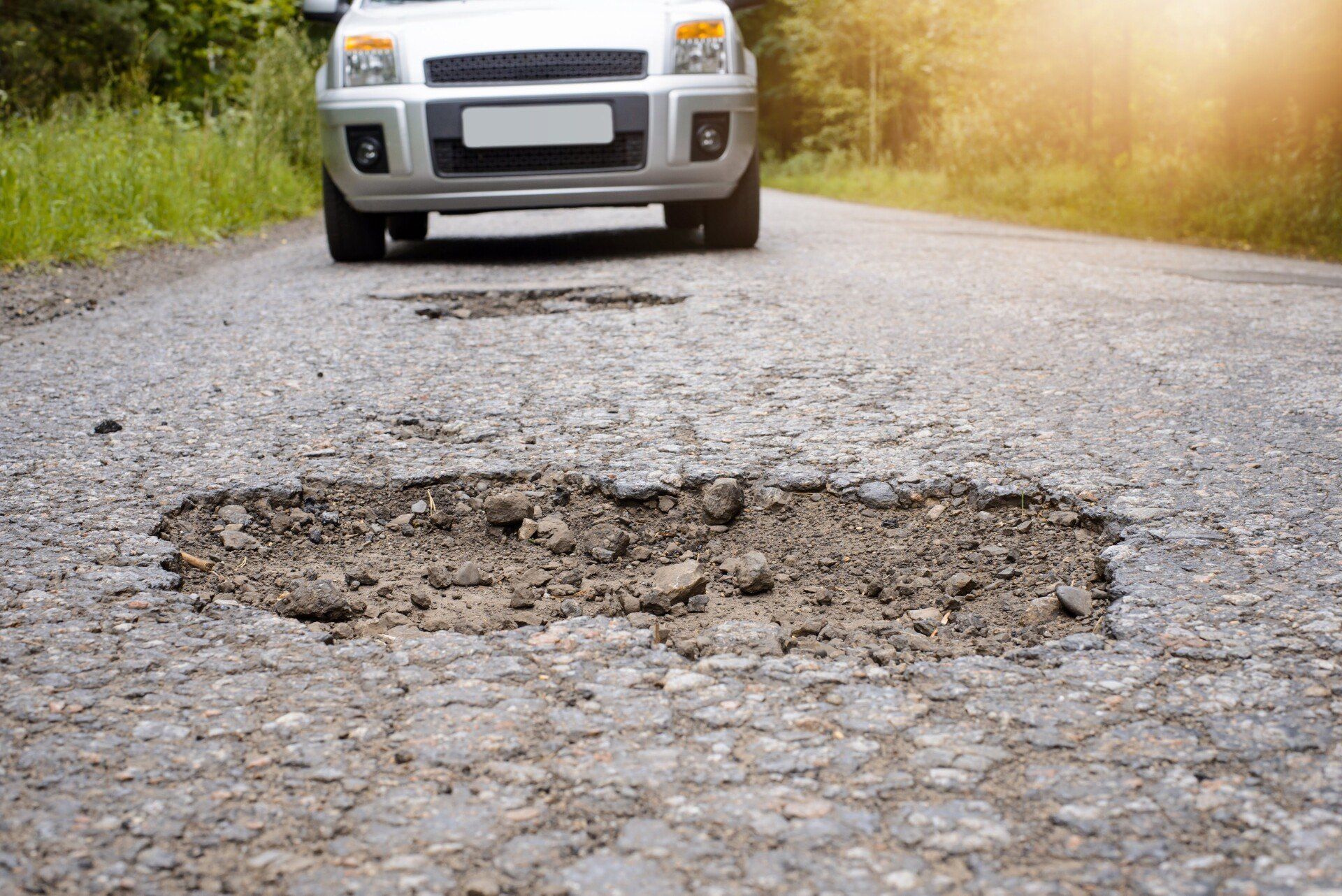Major Causes of Asphalt Pavement Deterioration
Asphalt parking lot and asphalt driveway pavement offers numerous benefits, which include strength and durability. However, even the best quality asphalt pavement can fail over time. Discover some causes of asphalt pavement damage and how to protect against the issues.
Cracks
Cracks are a common cause of asphalt pavement deterioration. A range of aspects can contribute to the formation of cracks.
Aging
Asphalt pavement has had continual stress from vehicles and other elements over the years. Finally, when the pavement can no longer withstand this stress, cracks start to form. Therefore, if your pavement has served you for years, consider a replacement before cracks form.
Moisture Damage
Water is one of the biggest enemies of asphalt pavement. Moisture can seep deep into the asphalt and cause the materials to break. The sand and gravel start to move and settle, which causes the pavement to crack. Inspect your pavement regularly for cracks and water damage. If you notice any problems, repair them as soon as possible to avoid further deterioration.
UV Damage
The ultraviolet (UV) rays from the sun can also cause damage to asphalt pavement. The UV rays break down the materials in the asphalt and make the surface more susceptible to cracking and deterioration. To protect your pavement from UV damage, seal it regularly with a quality sealant.
In the same way, extreme cold can cause freezing and thawing, damaging the asphalt.
Potholes
Potholes in asphalt parking lots form when water seeps into cracks in the pavement and freezes. The expansion of the water causes the cracks to become bigger, which leads to chunks of asphalt breaking off. These chunks create a hole, or pothole, in the pavement.
You can fix this problem by patching the holes with new asphalt. However, if the damage is extensive, you may need to replace your pavement.
Oil and Gas Spills
When oil and gas spill onto asphalt driveway and parking lot pavement, the oil seeps into the surface and weakens the materials. This issue makes the pavement more susceptible to cracking and deterioration.
To prevent oil and gas spill damage, clean the mess as soon as possible. Use a high-quality cleaner designed for asphalt to remove the oil and gas from the surface.
Ruts
Ruts form when vehicles continually travel over the same spot on the pavement. Your pavement is more susceptible to ruts if it lacks adequate thickness or if you use incorrect asphalt mixes. Additionally, ruts may occur due to moisture damage or settling.
If you notice ruts in their initial stage, you can repair them by filling and overlaying the affected area. However, if the ruts are severe, you'll need to replace your pavement.
Tree Roots
If trees or shrubs are next to your asphalt pavement, their roots can cause problems. The roots can grow underneath the pavement and lift it, which creates cracks and holes on the surface.
Watch the distance between the trees and your pavement to prevent this issue. If their roots already cause problems, remove the roots or mill out the affected pavement area.
Improper Installation
Even the best quality asphalt pavement will fail with improper installation. Proper installation involves grading the surface correctly, preparing the subbase and subbase binding, laying the surface, and smoothing it out. If any of these steps are not done correctly, this can lead to premature cracking and deterioration.
Therefore, only hire a reputable contractor with experience installing asphalt pavement for a quality guarantee.
You can trust us at J & B Asphalt & Paving for a durable and strong pavement that can withstand the test of time. We have extensive experience installing asphalt pavements for residential and commercial clients. And we will further advise you on how to best care for your pavement. Contact us to learn more about our services.
